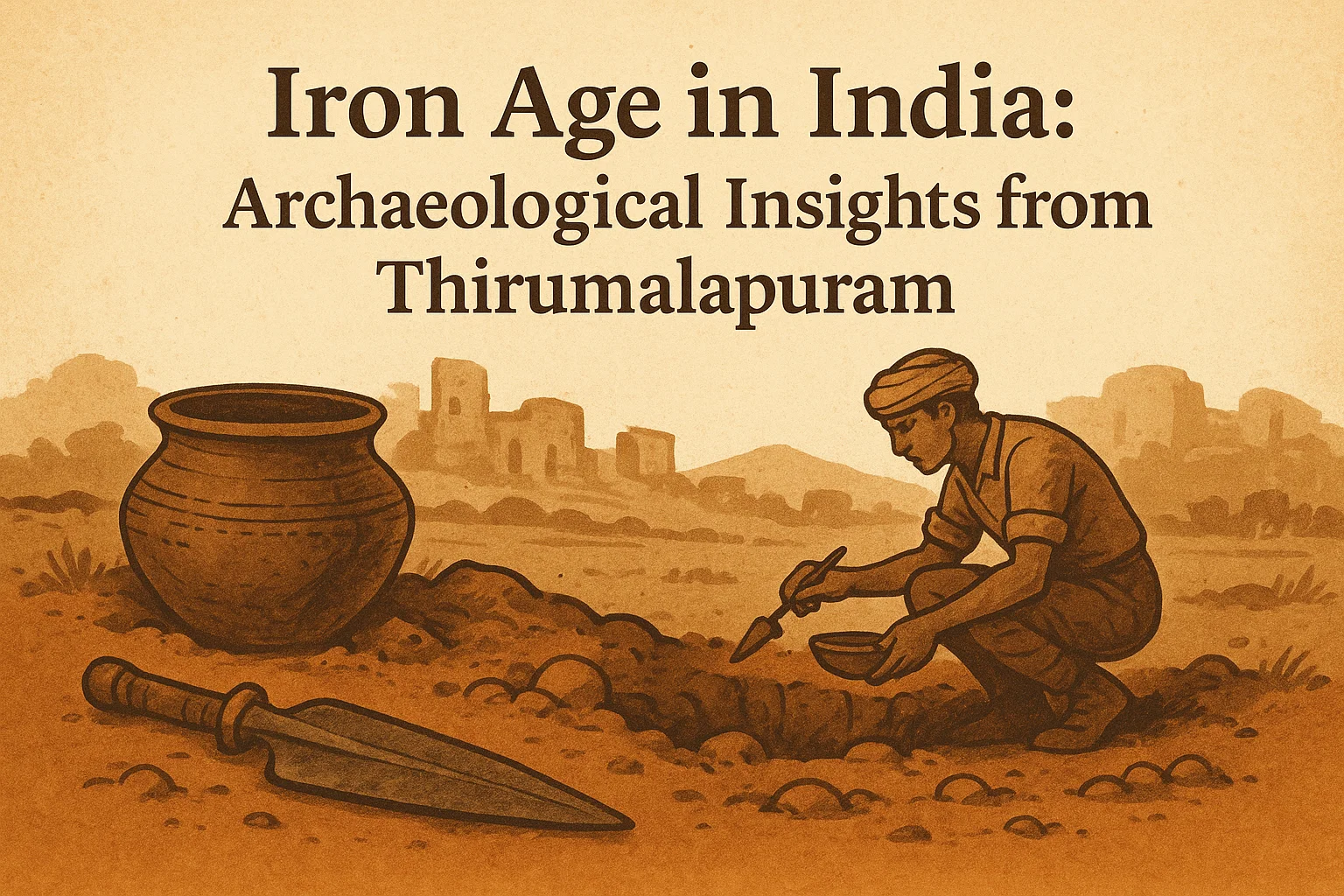Font size:
Print
I2U2: Forging a Climate-Resilient Minilateralism in a Disrupted World
I2U2: Unlocking Climate-Resilient Minilateralism for a Stronger Global Future
Introduction: In an increasingly volatile and multipolar world, marked by tariff wars, strategic decoupling, and climate-induced disasters, traditional multilateralism has lost momentum.
About I2U2
- The I2U2 grouping—comprising India, Israel, UAE, and the US—emerges as a flexible and action-oriented platform to address pressing global challenges.
- Amid rising protectionism and supply chain disruptions, a shift towards climate-resilient minilateralism anchored in practical cooperation is both timely and necessary.
Strategic Relevance of I2U2 in Today’s Global Order
- Fragmentation of the global climate agenda due to geopolitical shocks threatens long-term environmental goals.
- Green value chains—like solar panels, EV batteries, and rare earth minerals—are highly globalised and vulnerable to disruptions caused by political instability or sudden policy shifts.
- I2U2, by aligning strategically with the India-Middle East-Europe Economic Corridor (IMEC), can anchor climate cooperation in a cross-regional and shock-resilient framework.
- The I2U2 grouping was reinvigorated by the February 2025 meeting between Indian PM Modi and US President Trump, signalling renewed political will.
Why Minilateralism, and Why Now?
- Minilateral frameworks like I2U2 are:
- Flexible and function-driven
- Smaller in membership but big in impact
- Capable of circumventing paralysis in multilateral institutions (e.g., UNFCCC, WTO)
I2U2 as a Vehicle for the Green Transition
- The I2U2 platform can advance green manufacturing, job creation, strategic supply chains, and market expansion.
- It offers agility and complementarity, making it ideal for:
- Energy security initiatives
- Water and food security
- Technology co-development
- Climate-resilient infrastructure
- I2U2 amplifies the principle of comparative advantage:
- US: Capital markets and innovation ecosystems
- UAE: Hydrocarbon wealth and strategic geography
- India: Market scale and skilled workforce
- Israel: Cutting-edge technology and East-West linkages
Strategic Pillars of I2U2 Cooperation
- Joint Financing and Risk Mitigation
- Blend resources from:
- UAE Sovereign Wealth Funds
- US Private Capital Markets
- Indian Public and Developmental Finance Institutions
- Promote interoperable green taxonomies to enable cross-border climate finance.
- Blend resources from:
- Technology Co-Development and Innovation Ecosystems
- Foster collaboration in:
- Solar and wind energy components
- Alternate EV battery chemistries
- Green hydrogen technologies
- Carbon Capture and Storage (CCS)
- Semiconductors and smart grid tech
- Establish startup hubs and R&D platforms across I2U2 countries.
- Foster collaboration in:
- Green Labour Mobility and Skill Sharing
- Promote:
- Cross-border educational exchanges
- Climate-resilient job creation pipelines
- Youth-led climate diplomacy
- Public-private-academic partnerships in green transition sectors
- Promote:
- Green Infrastructure and Connectivity
- IMEC as a green corridor to:
- Support hydrogen infrastructure, EV highways, solar zones, and digital trade
- Link India to Europe through a transcontinental climate-smart logistics chain
- Establish governance coordination between I2U2 and IMEC stakeholders.
- IMEC as a green corridor to:
Strategic Use Cases of I2U2+ Collaboration
I2U2+ Framework: A Modular Approach to Coalition-Building
|
- Green Hydrogen and Industrial Decarbonisation
- Partners: Japan, South Korea, Germany
- Focus:
- Certification standards
- Cross-border green hydrogen trade
- Integration with Europe’s REPowerEU and Fit for 55 agendas
- Climate-Resilient Agriculture and Food Security
- Partners: Kenya, Egypt, Brazil, Multilateral Development Banks
- Objectives:
- Climate-smart agriculture
- Bioethanol markets
- Green food corridors
- Co-financed infrastructure for agritech
- Regional Water and Energy Hubs
- Partners: Jordan, Egypt, Morocco
- Projects:
- Solar-powered desalination
- Water management using Israeli technology
- Middle East-North Africa grid interconnectivity
- IMEC as a Green Corridor Governance Platform
- Partners: Saudi Arabia, Greece, Italy, France, European Commission
- Roles:
- Regulatory harmonisation
- Climate financing via EU Green Deal
- Smart logistics and digital supply chains
- Small Modular Reactors (SMRs) and Baseline Clean Power
- Partners: France, Canada, UAE, India, US
- Goals:
- Joint licensing and deployment of SMRs
- Energy transition planning for emerging economies
- Data centre and industrial energy supply
- Canada’s SMR R&D leadership and UAE-USA bilateral nuclear cooperation

